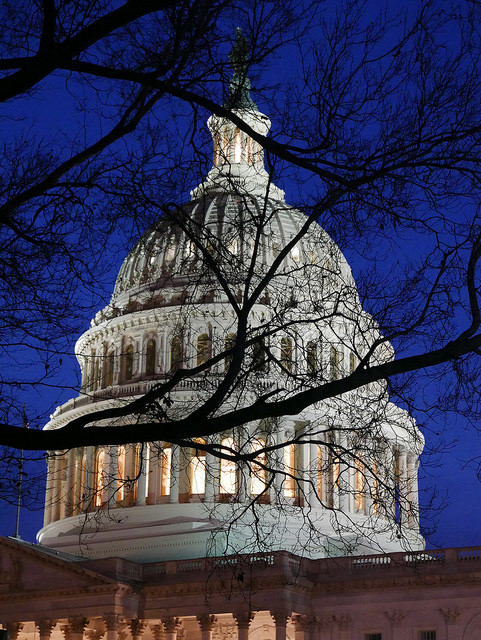Our San Diego immigration attorneys at the Sapochnick Law Firm stand ready to assist foreign nationals admitted to the United States under the Visa Waiver Program (VWP).
With the rapid spread of the Coronavirus (COVID 19), the United States has taken several measures to close its borders and ground international flights to keep the public safe. This means that at least some foreign nationals admitted under the VWP have been unable to depart before their periods of admission expired under the VWP. As you may be aware, the VWP allows citizens or nationals of certain participating countries the ability to travel to the United States for a temporary period of 90 days or less without having to obtain a United States visa. One of the downsides to the VWP is that no extensions of stay are allowed.
Thankfully, a little-known provision in the law known as “Satisfactory Departure” provides relief to VWP aliens who have found themselves “stuck” in the United States.
What is Satisfactory Departure? How does it help me?
VWP entrants who were unable to depart the United States, before their period of admission expired, due to the ongoing Coronavirus travel restrictions, may request “Satisfactory Departure,” from either their local United States Citizenship and Immigration Services (USCIS) office or from a Deferred Inspection Site with Customs and Border Protection (CBP).
These agencies have been authorized to grant these individuals a period of up to 30 days (in excess of the period of VWP admission) in which to depart the United States. As long as the traveler leaves within that 30-day window, he or she will not be considered to have violated U.S. immigration laws by overstaying.
 Visa Lawyer Blog
Visa Lawyer Blog











